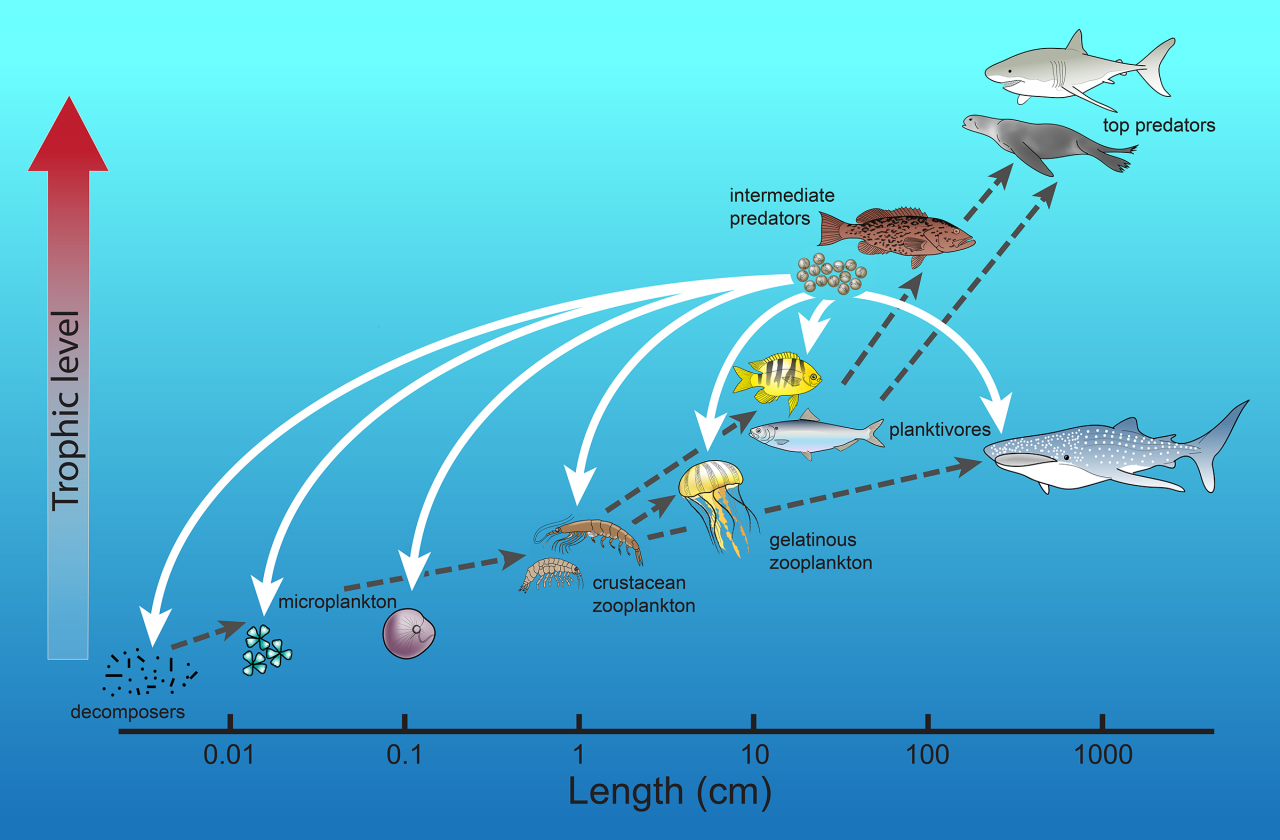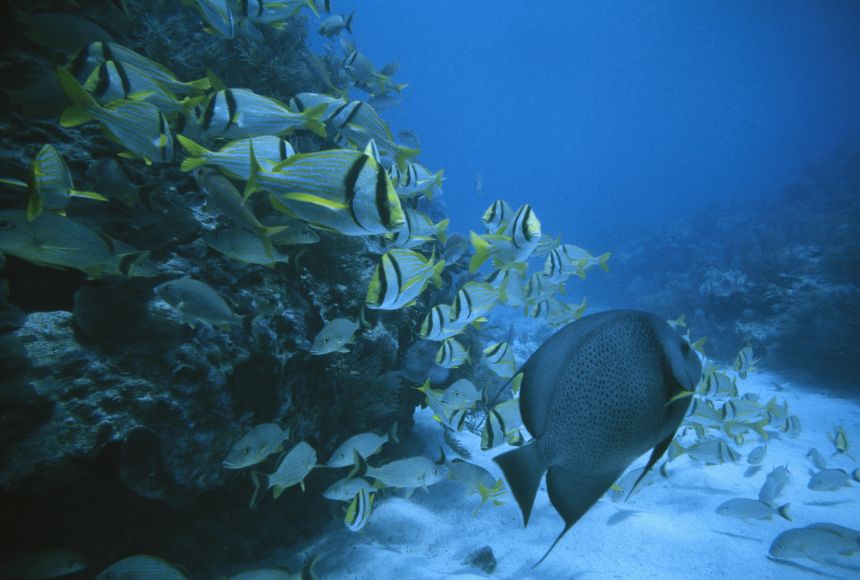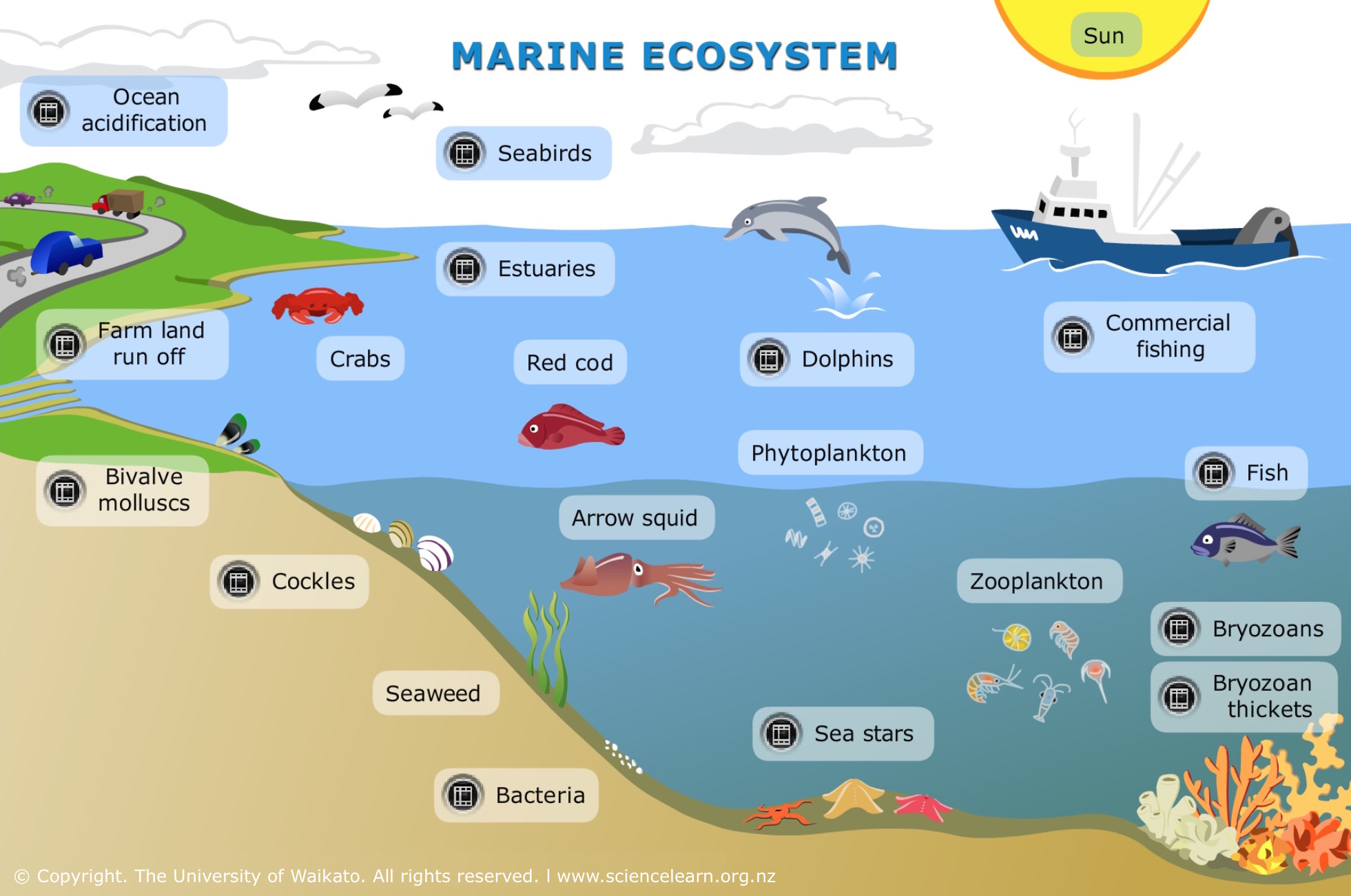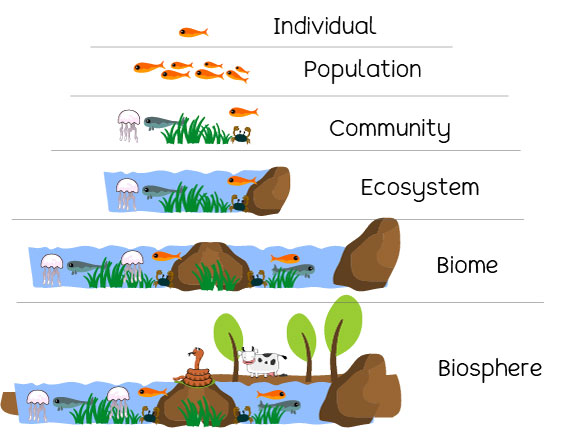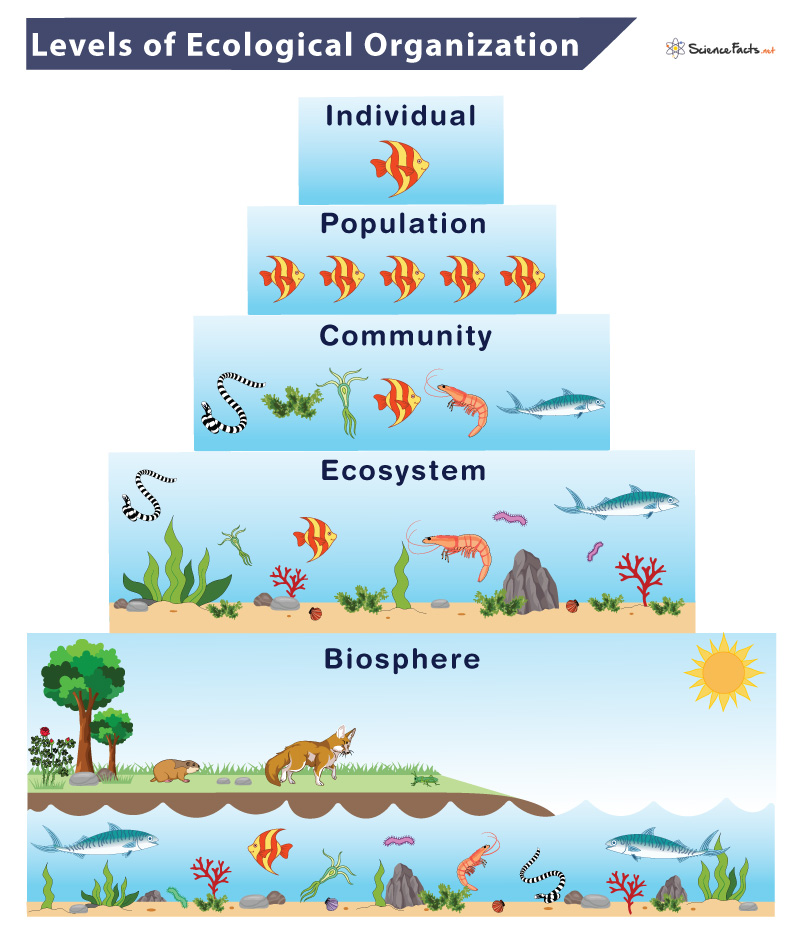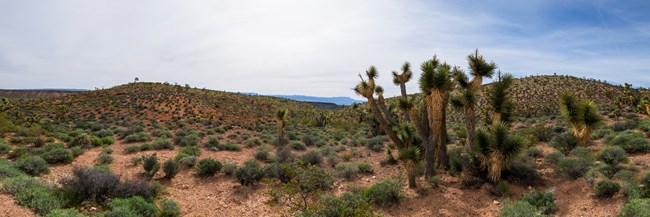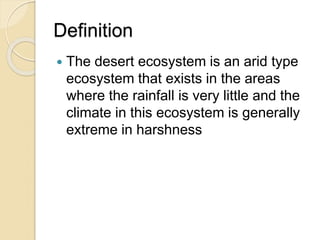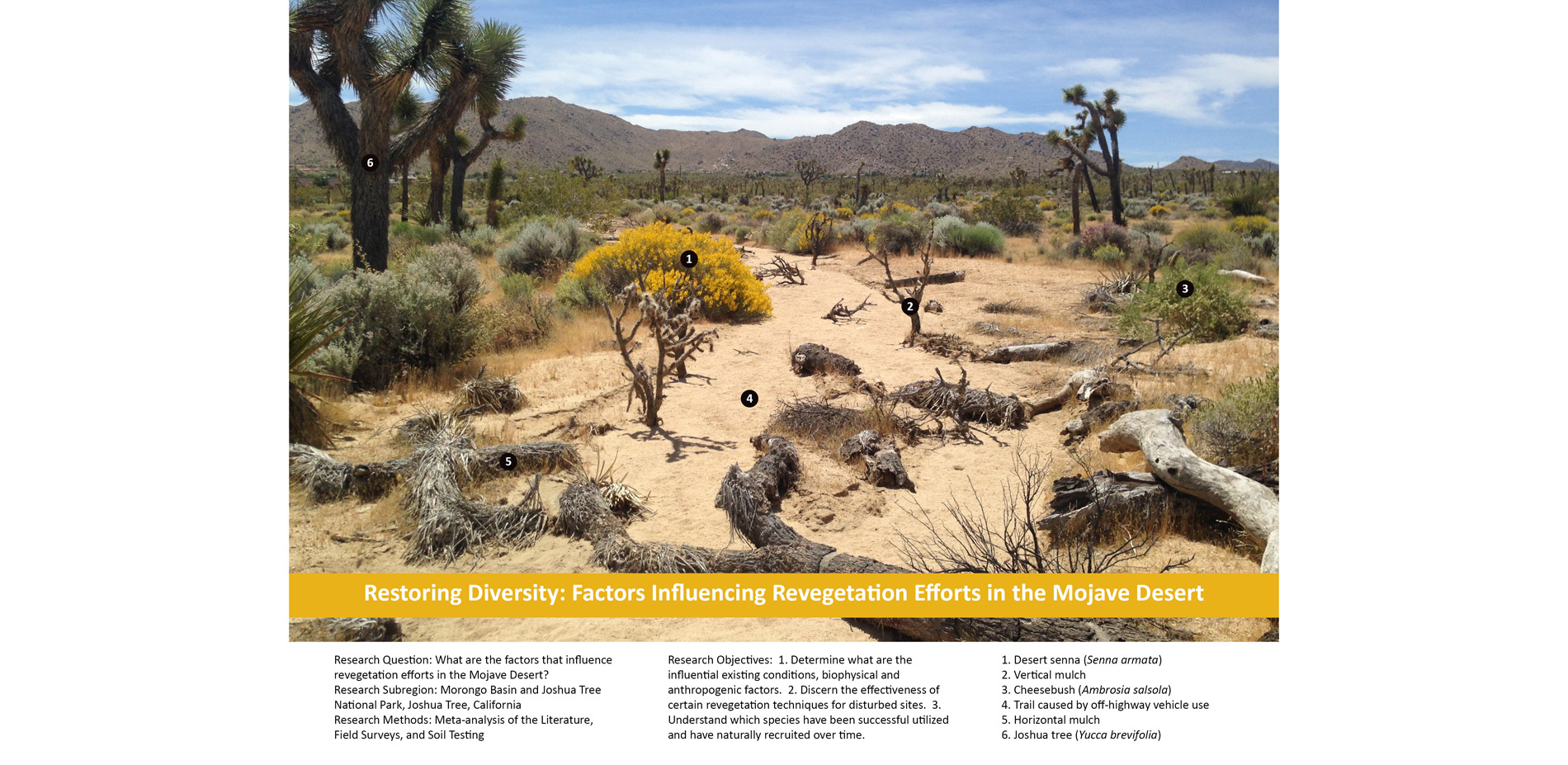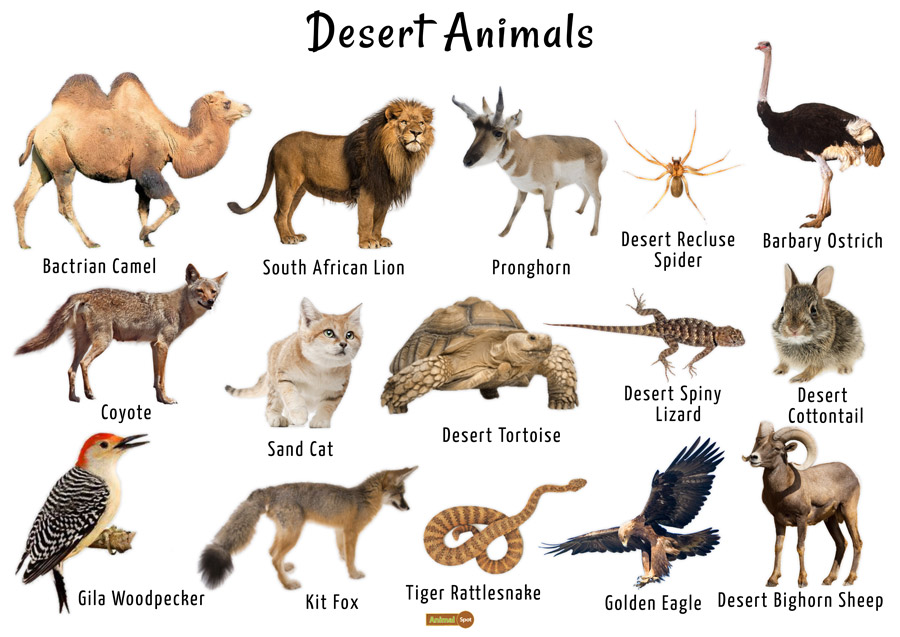Topic food chain of marine ecosystem: Explore the intricate food chain of marine ecosystems, a fascinating journey through the complex relationships that sustain the ocean"s abundant life.
Table of Content
- How does phytoplankton contribute to the marine food chain?
- Overview of Marine Ecosystems
- Primary Producers in Marine Ecosystems
- Primary Consumers: Herbivores and Omnivores
- Secondary and Tertiary Consumers: Predators and Top Predators
- Decomposers and Detritivores: Recycling Nutrients
- Impact of Human Activities on Marine Food Chains
- YOUTUBE: Exploring Coastal Food Webs at the California Academy of Sciences
- Conservation Efforts and Sustainable Practices
- Future Directions in Marine Ecosystem Research
How does phytoplankton contribute to the marine food chain?
Phytoplankton are microscopic organisms that form the base of the marine food chain. They play a crucial role in the marine ecosystem by contributing to the production of organic matter through photosynthesis. Here\'s how phytoplankton contribute to the marine food chain:
- Primary Producers: Phytoplankton are primary producers as they use sunlight, carbon dioxide, and nutrients such as nitrogen and phosphorus to produce organic compounds through photosynthesis. They convert sunlight energy into chemical energy and are responsible for producing a large portion of the oxygen in our atmosphere.
- Feeding the Primary Consumers: Phytoplankton serve as a food source for primary consumers in the marine ecosystem. These primary consumers include zooplankton, small fish, and crustaceans.
- Transfer of Energy: As primary consumers feed on phytoplankton, the energy stored in the organic compounds is transferred to the higher trophic levels of the food chain. This energy transfer continues as larger predators consume the primary consumers.
- Supporting Fisheries: Phytoplankton are vital for supporting fish populations and commercial fisheries. Fish directly or indirectly rely on phytoplankton as a food source, and any changes in the abundance of phytoplankton can have significant effects on the entire marine food chain.
Overall, phytoplankton are essential for sustaining life in the marine ecosystem. They not only provide food for numerous marine organisms but also play a crucial role in balancing marine ecosystems and maintaining the overall health and productivity of the oceans.
READ MORE:
Overview of Marine Ecosystems
Marine ecosystems are dynamic environments that cover more than 70% of the Earth"s surface. They range from deep ocean floors to coastal estuaries, each supporting a diverse array of life forms adapted to their specific habitat. The foundation of these ecosystems is the food chain, a complex network of interactions between organisms that ensures the flow of energy from one level to the next.
- Photosynthetic Organisms: The primary producers that convert sunlight into energy, forming the base of the food chain.
- Herbivores: These organisms feed on primary producers, transferring energy to higher levels of the food chain.
- Predators: Carnivorous creatures that feed on herbivores and other predators, maintaining the balance of marine ecosystems.
- Decomposers: Microorganisms that break down dead matter, recycling nutrients back into the ecosystem.
This balance is crucial for the health and sustainability of marine life, influencing everything from local fishing economies to global climate patterns.
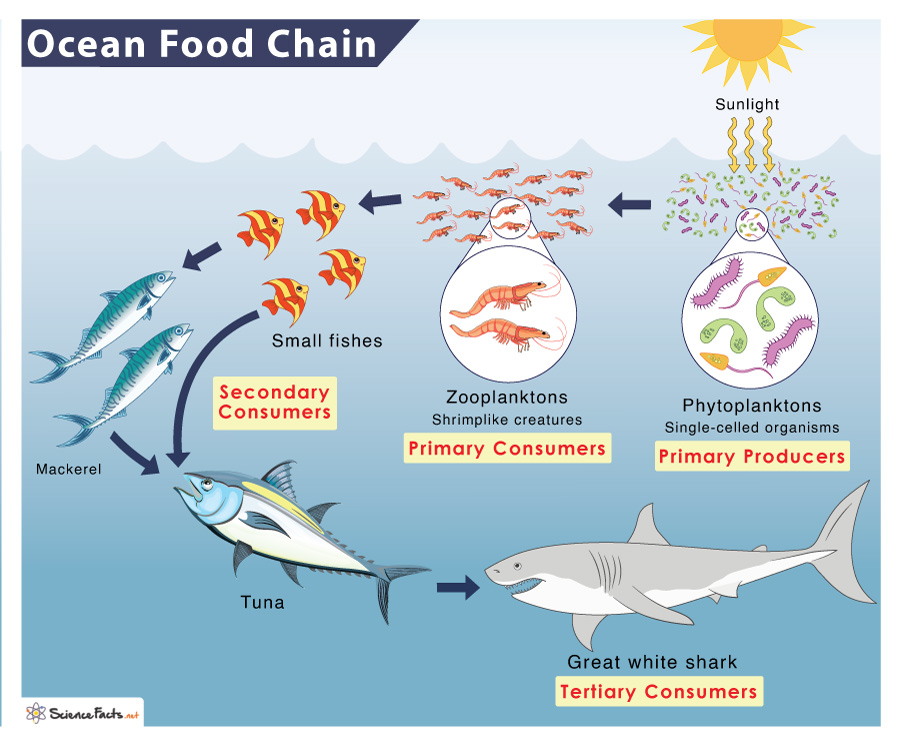
Primary Producers in Marine Ecosystems
Primary producers are the cornerstone of marine ecosystems, harnessing the sun"s energy to create organic material through photosynthesis. These organisms are the first and most crucial link in the marine food chain, supporting all other life forms.
- Phytoplankton: Tiny, photosynthetic organisms that drift in the sunlit upper layers of the ocean, forming the bulk of primary production.
- Seagrasses: Rooted in shallow coastal waters, these plants not only provide a habitat but also contribute significantly to the marine food web.
- Algae: Ranging from microscopic forms to large seaweeds, algae play a vital role in coastal ecosystems and are a primary food source for a variety of marine life.
- Mangroves: Trees and shrubs that grow in coastal saline or brackish water, trapping sediment and providing critical nursery habitats for fish and crustaceans.
Together, these primary producers form the foundation of marine food webs, converting inorganic carbon into organic matter that fuels the entire ecosystem.
Primary Consumers: Herbivores and Omnivores
Primary consumers are crucial players in marine ecosystems, serving as the link between primary producers and higher trophic levels. These organisms include a wide range of herbivores and omnivores that feed on primary producers, transferring energy upwards through the food chain.
- Zooplankton: Microscopic animals that feed on phytoplankton, including copepods and krill, which are key food sources for many marine species.
- Small Fish: Species such as sardines and herring that graze on plankton, forming large schools to evade predators.
- Sea Urchins and Sea Cucumbers: These benthic (bottom-dwelling) herbivores graze on algae and decomposing matter on the ocean floor.
- Marine Turtles: Some species are herbivores, feeding on seagrasses and algae, while others are omnivores, consuming a variety of marine plants and invertebrates.
By consuming phytoplankton and other primary producers, these primary consumers play a vital role in nutrient cycling and energy transfer within marine ecosystems.
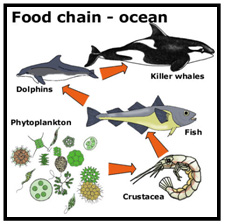
Secondary and Tertiary Consumers: Predators and Top Predators
Secondary and tertiary consumers play a critical role in maintaining the balance within marine ecosystems. These predators and top predators ensure the energy flow through the food chain by feeding on primary and secondary consumers, respectively.
- Medium-Sized Fish: Secondary consumers like mackerel and cod feed on smaller fish and zooplankton, serving as a bridge between lower and higher trophic levels.
- Large Predatory Fish: Tertiary consumers such as sharks, tuna, and swordfish are top predators, controlling the population of secondary consumers and maintaining ecosystem health.
- Marine Mammals: Dolphins, seals, and whales consume a variety of fish and invertebrates, with some species like orcas being apex predators at the top of the food chain.
- Sea Birds: Species such as penguins and pelicans feed on fish and squid, playing a significant role in linking marine and terrestrial ecosystems.
These predators not only regulate prey populations but also influence the distribution and abundance of species across different habitats, demonstrating the interconnectedness of marine life.
Decomposers and Detritivores: Recycling Nutrients
Decomposers and detritivores are essential for the health and sustainability of marine ecosystems, breaking down dead organic matter and recycling nutrients back into the ecosystem. This process supports the primary production upon which all other marine life depends.
- Bacteria and Fungi: Microscopic decomposers that break down dead plants and animals, releasing nutrients that are then available for uptake by primary producers.
- Marine Worms: These detritivores consume decaying plant and animal matter on the ocean floor, playing a key role in nutrient cycling.
- Crustaceans: Certain crabs and shrimp feed on detritus, further breaking down and redistributing organic material.
- Sea Cucumbers: Acting as the vacuum cleaners of the sea floor, they process organic matter, aiding in the recycling of nutrients.
Through their activities, decomposers and detritivores ensure the continued productivity and health of marine ecosystems, making them indispensable components of the marine food chain.

Impact of Human Activities on Marine Food Chains
Human activities have significant impacts on marine food chains, affecting the balance and health of marine ecosystems worldwide. Understanding these effects is crucial for developing strategies to mitigate negative consequences and promote sustainability.
- Overfishing: Reduces populations of key species, disrupting predator-prey relationships and altering the structure of the food chain.
- Pollution: Chemicals, plastics, and other pollutants can harm marine life at all levels of the food chain, from primary producers to apex predators.
- Climate Change: Affects ocean temperatures and acidity, impacting coral reefs, plankton populations, and the distribution of marine species.
- Habitat Destruction: The loss of critical habitats like mangroves, coral reefs, and sea grass beds diminishes biodiversity and the productivity of marine food chains.
- Invasive Species: Can disrupt local food webs by preying on native species or outcompeting them for resources.
Addressing these challenges requires global cooperation and sustainable management practices to ensure the resilience and health of marine ecosystems for future generations.
Exploring Coastal Food Webs at the California Academy of Sciences
\"Discover the fascinating world of food webs, where every organism plays a crucial role in maintaining the delicate balance of nature. Join us as we delve into the intricate relationships between producers, consumers, and decomposers to unlock the secrets of thriving ecosystems. Watch our captivating video to witness the intricate dance of life!\"
Food Chain in the Aquatic Ecosystem
\"Dive into the enchanting depths of aquatic ecosystems and witness the wonders that lie beneath the water\'s surface. From sparkling coral reefs to teeming freshwater habitats, our video invites you on an immersive journey to explore the diverse array of organisms and the interconnectedness that sustains life in these watery realms. Don\'t miss out on this captivating visual feast!\"
Conservation Efforts and Sustainable Practices
Conservation efforts and sustainable practices are essential to protect marine ecosystems and ensure the health of the food chain. These measures aim to preserve biodiversity, promote the resilience of marine habitats, and support the sustainable use of marine resources.
- Marine Protected Areas (MPAs): Designating areas where fishing and other extractive activities are restricted or prohibited to allow ecosystems to recover and thrive.
- Sustainable Fishing Practices: Implementing quotas, size limits, and gear restrictions to reduce overfishing and bycatch, ensuring fish populations remain healthy and productive.
- Habitat Restoration: Activities like coral reef restoration, mangrove planting, and seagrass bed recovery help to rebuild vital marine habitats.
- Reducing Pollution: Efforts to minimize plastic waste, chemical runoff, and oil spills protect marine life and their habitats from harmful substances.
- Climate Change Mitigation: Reducing greenhouse gas emissions and promoting renewable energy sources to lessen the impacts of ocean warming and acidification.
- Community Engagement and Education: Raising awareness about the importance of marine conservation and encouraging responsible behaviors among coastal communities and the general public.
Through these and other efforts, we can work towards a future where marine ecosystems are robust, resilient, and capable of supporting diverse and abundant life for generations to come.

READ MORE:
Future Directions in Marine Ecosystem Research
The future of marine ecosystem research is geared towards understanding the complexities of marine life and the impacts of human activities, with the aim of fostering sustainable interactions between humans and the ocean. This research is vital for the conservation and management of marine resources.
- Advanced Monitoring Techniques: Utilizing satellite imagery, drones, and underwater robotics to gather data on marine habitats, species distribution, and environmental changes.
- Genomic Studies: Exploring the genetics of marine organisms to understand their adaptability to environmental changes and stressors, which can inform conservation strategies.
- Climate Change Impact Assessments: Investigating how warming temperatures and ocean acidification affect marine ecosystems, from coral reefs to polar seas.
- Ecosystem-Based Management Approaches: Developing integrated management strategies that consider the interconnectivity of species, habitats, and human activities.
- Sustainable Aquaculture: Researching methods to reduce the environmental impact of aquaculture and improve the efficiency of fish farming practices.
- Community-Based Conservation: Engaging local communities in research and conservation efforts, recognizing their knowledge and stakes in the health of marine ecosystems.
Emphasizing interdisciplinary research and collaboration among scientists, policymakers, and communities will be key to addressing the challenges facing marine ecosystems and ensuring their health and productivity for the future.
Embracing the beauty and complexity of marine ecosystems reveals our vital connection to the ocean"s food chains, inspiring actions to preserve these irreplaceable treasures for future generations.

